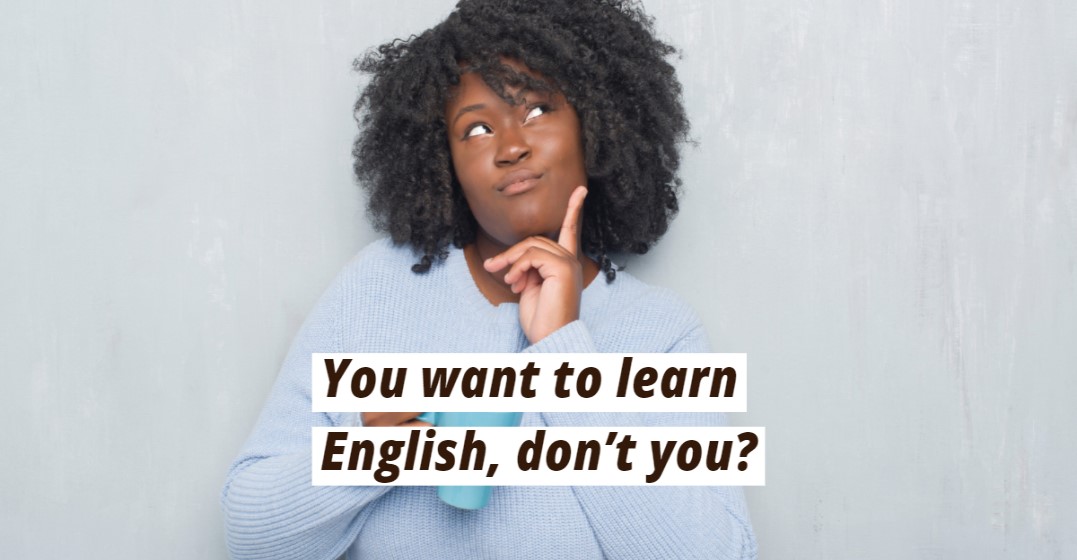by Laura Jones
Updated on January 10, 2024
You like learning new things, don’t you?
Question tags are short questions on the end of statements.
So in the statement: ‘you like learning new things, don’t you?’, don’t you is the question tag.
We use question tags to make assumptions and also to make people respond to us. There are lots of different question tags.
Sometimes it’s hard for learners to know when it’s OK to use a question tag and when they should just use a normal question.
Question tags are used when you think you are correct about something but you want to check with your listener. For example, let’s imagine you’re cooking for your wife’s parents for the first time. You want to make a chocolate dessert, but you need to make sure they like chocolate. You guess that they do because almost everyone likes it. This is a time when it would be appropriate to use a tag question:
Your parents like chocolate, don’t they?
Now let’s imagine for the first course you want to cook snails. Not many people like snails so you really can’t assume that your wife’s parents do (unless they’re French, perhaps.) In this case, you would ask a normal question:
Do your parents like snails?
To form a question tag, we need to identify the auxiliary verb in the statement. Let’s look at an example:
He is happy, isn’t he?
The auxiliary verb here is be and in the statement – he is happy – the auxiliary verb is positive. In the tag question, we use the same auxiliary but we make it negative. We also use the same subject – isn’t he? Here are some more examples:
They are nice, aren’t they?
Susan has got brown hair, hasn’t she?
The same rule works if your statement is negative:
He isn’t happy, is he?
They aren’t nice, are they?
Susan hasn’t got brown hair, has she?
Question tags with I am are unusual. The question tag is formed with aren’t I?
I am the best, aren’t I?
This is only true when I am is a positive statement. So, I’m not the best, am I?is correct.
Question tags can be used with statements in different tenses. The rules are the same and you should always have the tag in the same tense as the statement.
You didn’t go swimming, did you?
Fred has been to France, hasn’t he?
Sheila had already seen it, hadn’t she?
Earlier you saw the example Your parents like chocolate, don’t they? There is no auxiliary verb in this statement, so we use the verb do. If you take the statement, you can add do and it still makes sense, we just don’t say it very often: Your parents do like chocolate, don’t they?
Here are some more examples:
Children love ice cream, don’t they?
Harry hates tennis, doesn’t he?
In negative statements, do is already there:
You don’t like me, do you?
She doesn’t want to go, does she?
In statements with modal verbs, the modal acts as the auxiliary. Question tags are formed in the same way as normal. Look at these examples:
You would like to go to France, wouldn’t you?
Tina should go to the doctor, shouldn’t she?
Barry can’t swim, can he?
They won’t come tonight, will they?
There are some very informal question tags that are used in spoken English. Look at two of the most informal question tags below and guess what words they come from:
It’s great, innit?
It looks good, dunnit?
Innit is a short form of isn’t it, and dunnit is a short form of doesn’t it. These very informal words are used in British English but aren’t popular in other countries.
Now you’ve learnt something about question tags, it’s time you used some in your spoken English, isn’t it?
Put your English skills to test with our native speaking teachers. Visit our website and sign up for your free week trial today.
